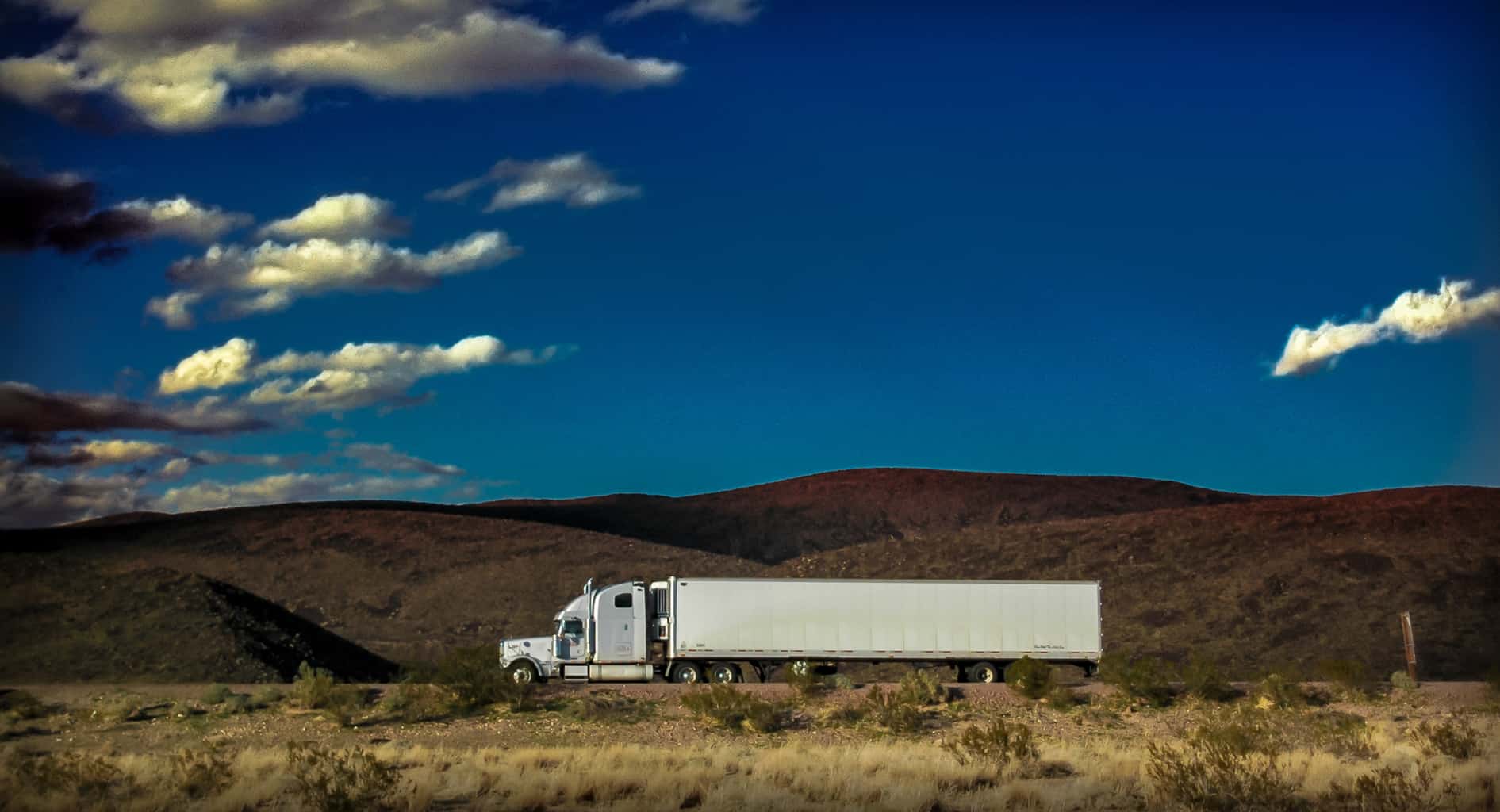FreightWaves features Market Voices – a forum for voices with unique knowledge of numerous transportation/logistics/supply chain sectors, as well as other critical expertise.
Transportation stocks have a reputation for predicting the economy and the stock market overall. That reputation is well-deserved, but poorly understood. Most transportation companies are asset-intensive and small changes in their activity levels create larger changes in their financial results, which create even larger swings in their stock prices. That the stocks appear to predict is simply symptomatic of the underlying goods flow, which does predict the economy. Starting with raw materials, through the entire supply chain to the point of consumption, goods flow is either directly a reflection of the economy or indirectly a measurement of the consumption of service workers, which is a direct reflection of the wealth they are creating. In fact, truck tonnage has predicted every single recovery over the last 40 years and predicted eight of the last six recessions, which is to say it has over-predicted twice. In both of those instances there were tough prior year comparisons and dramatic regulatory changes that created a significant amount of exogenous noise in the data. That said, there has not been an expansion or contraction in the economy without first having an expansion or contraction in freight volumes, and the lead time has often been two to five quarters.
It is because of my company’s focus on freight flows that historically it has been able to more nimbly navigate the economic cycle. In mid-2006, when the firm began voicing concern, we were criticized for being too focused on freight, too myopic. By late 2006, when we started shooting off warning flares about the coming recession, one colleague accused us of “blue car syndrome.” After we admitted we had no idea what he was talking about, he explained, “After you buy a blue car, you notice all the other blue cars on the road.” Guilty as charged. We focus on freight flow. As the cycle continued to deteriorate in 2007, we began to preface our observations with “We were just driving around in our blue car and we happened to notice…”

So, what is freight flow saying now?
- Cass Shipments Index (CFIS.USA, a broad measure of domestic freight flow) has been down seven months in a row, down 5.3 percent in June (the most recent month reported), and down 3.1 percent year-to-date
- Rail carloads (RTOTC.USA) are down 3.7 percent on a three-month weighted moving average, down 3.4 percent on a nine-month weighted moving average and down 4.9 percent year-to-date
- Housing/Construction material shipments (RTOPF.USA, RTOLW.USA and RTOSG.USA) are down 4.8 percent on a three-month weighted moving average, down 6.1 percent on a nine-month weighted moving average and down 6.2 percent year-to-date. This is not bullish for the housing industry and in line with the 7.2 percent year-to-date decline in housing starts.
- Motor Vehicles, Parts & Equipment shipments (RTOMV.USA) are down 4.6 percent on a three-month weighted moving average, down 1.1 percent on a nine-month weighted moving average and down 3.2 percent year-to-date. This is not bullish for the auto industry, in line with the decline in auto sales (down 1.0 percent year-to-date), and suggests even more weakness is coming.
- Long Beach/Los Angeles port inbound loaded container traffic (my favorite ‘canary in the coal mine’ for consumer retail spending) was down 5.1 percent in June (the most recent month reported) and down 3.3 percent year-to-date. I should point out that this is despite the increases in inventory that many have attributed to ‘pull forward’ by retailers to ‘beat the tariffs.’
- Trucking volumes in all modes (dry van, reefer and flatbed, as well as less-than-truckload) are facing challenges. These are challenges that I am going to assume all FreightWaves readers are well aware, and hence don’t need me to parse in this column.
Bottom line – all the freight flow data is a direct reflection on the fundamental health of the U.S. economy. The increases in inventory dampen the promise of future tonnage, because any improvement in end consumption will take longer to produce an increase in activity throughout the supply chain (i.e., from the raw materials to manufacturing to wholesale to retail). If current trends in freight continue, my concerns about an economic contraction grow. As I look through the windshield of my ‘blue car,’ it feels like the foot is off the accelerator and the brakes are being tapped, and until freight flows begin to improve, the U.S. economy will continue to lose speed and momentum.
Stay tuned…
